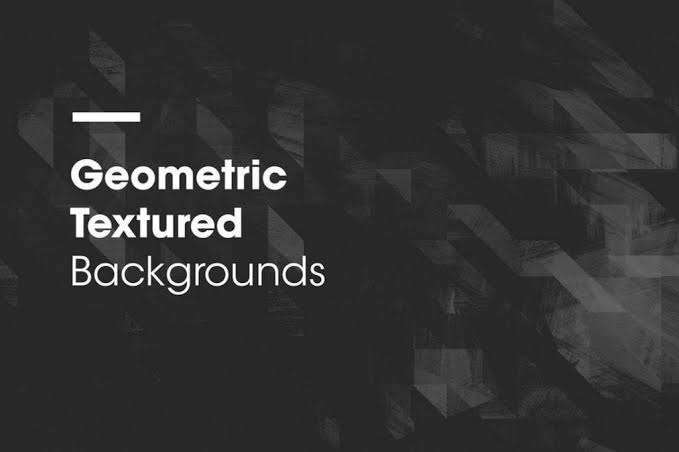When it comes to website design, the background is often an afterthought. However, the background is a critical aspect of the overall design and can have a big impact on the visual appeal of your website. Textured backgrounds are a popular trend in website design, offering a unique and engaging way to enhance the look and feel of your site. In this article, we’ll explore the benefits of textured backgrounds, how to use them effectively, and some popular textures to consider for your website.
A textured background can add depth and interest to an otherwise flat and boring design. Textures can provide visual interest and a unique aesthetic that sets your website apart from the rest. They can also help break up large blocks of content, making it easier for users to read and understand.
Textured backgrounds can be used to reinforce your brand identity. For example, a rustic texture could be used for a nature-focused brand, while a sleek, metallic texture might be more appropriate for a tech-oriented brand. The texture you choose can help reinforce your brand and create a consistent, cohesive look throughout your site.
Textured backgrounds can increase user engagement by providing an immersive experience. When users are drawn into the design, they are more likely to stick around and explore your site, which can lead to higher conversion rates and a better user experience overall.

When it comes to textured backgrounds, less is often more. A busy or complicated texture can be overwhelming and detract from the content of your site. Instead, opt for a simple, subtle texture that adds interest without overpowering the rest of the design.
The color of your textured background should complement the rest of your design. For example, if your site has a lot of cool, blue tones, you might choose a blue-grey texture. If you have a warm, earthy color palette, you might choose a warm, brown texture.
Make sure the contrast between the text and background is high enough to ensure readability. A low contrast between the text and background can make it difficult for users to read the content, defeating the purpose of the texture in the first place.

Wood grain textures are a popular choice for websites that focus on nature, rustic or traditional themes. They can add warmth and depth to your design, and are often used to reinforce a brand’s connection to the outdoors.
Concrete textures are often used for websites that focus on urban or industrial themes. They can add a gritty, modern feel to your design, and are a popular choice for tech-focused brands.
Marble textures are elegant and sophisticated, making them a popular choice for luxury brands or those in the fashion or beauty industries. They can add a touch of class to your design, and are often used to reinforce a brand’s high-end image.
Textured backgrounds are a great way to add depth and interest to your website design. By choosing the right texture, you can enhance your brand identity, increase user engagement, and create a unique and memorable user experience. So next time you’re working on a website design, don’t overlook the background. Instead, consider adding a textured background to take your design to the next level.
References:
You must be logged in to post a comment.